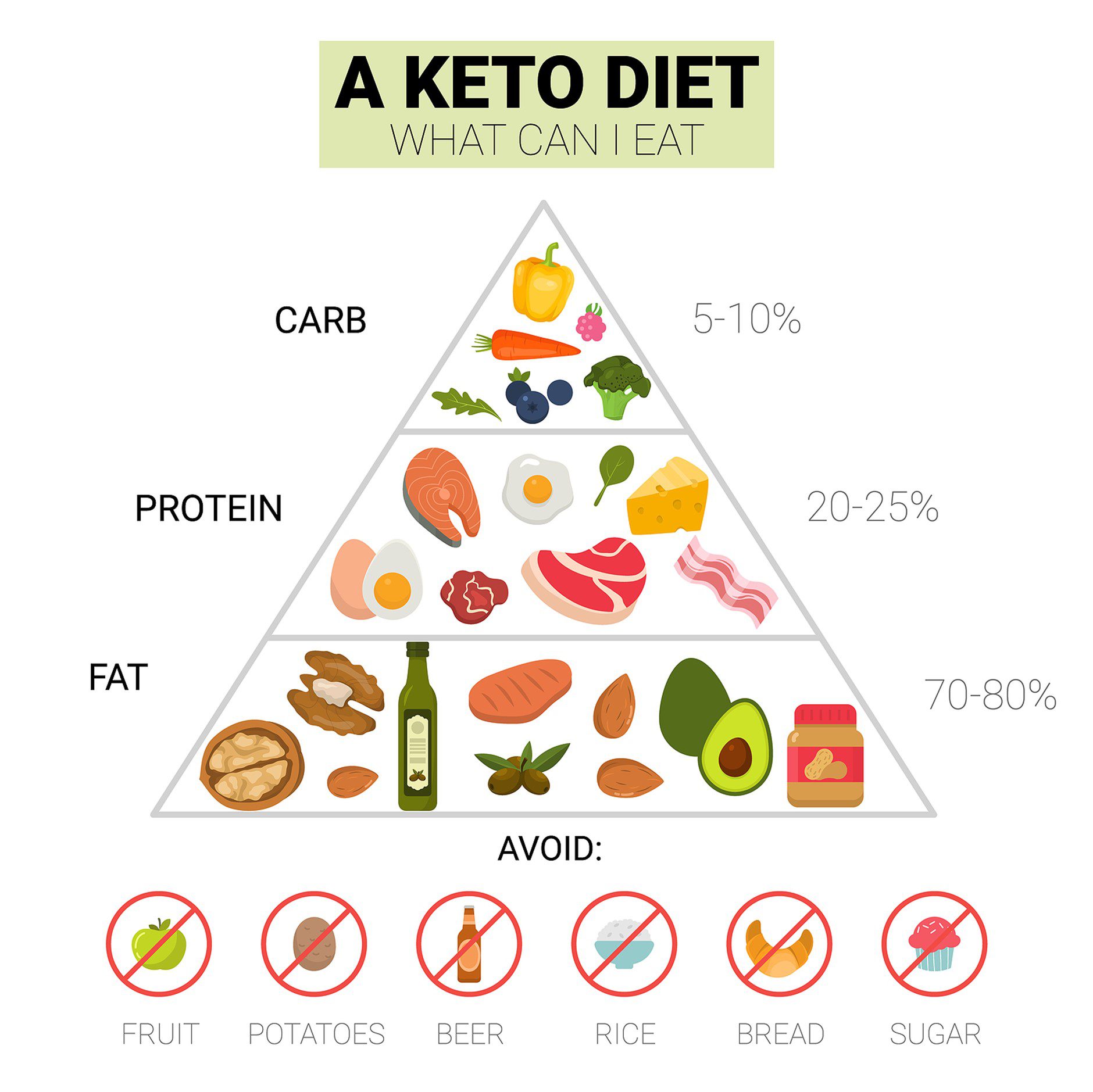When it comes to weight loss, there’s no one-size-fits-all solution. But for many people, a ketogenic diet can be a successful way to shed pounds.
A keto diet is a high-fat, low-carbohydrate eating plan that can help you lose weight. Unlike other low-carb diets, a keto diet emphasizes healthy fats, including avocados, olive oil, and salmon.
If you’re considering a keto diet, it’s important to talk to your doctor first. They can help you determine if a keto diet is right for you and provide guidance on how to make it work for your individual needs.
Ready to give keto a try? Here’s everything you need to know about how to start a keto diet.
What is a keto diet?
A keto diet, also known as a ketogenic diet, is a high-fat, low-carbohydrate eating plan that can help you lose weight.
The keto diet is similar to other low-carb diets, such as the Atkins diet, but it emphasizes healthy fats instead of protein.
When you eat a keto diet, your body enters a state of ketosis, which is a natural metabolic state in which your body burns fat for energy, instead of carbohydrates.
How does a keto diet work?
A keto diet works by forcing your body to burn fat for energy, instead of carbohydrates.
When you eat a high-fat, low-carbohydrate diet, your body enters a state of ketosis. In ketosis, your body burns fat for energy, instead of carbohydrates.
This process can help you lose weight, because it causes your body to burn stored fat for energy, instead of carbohydrates.
How do you start a keto diet?
If you’re interested in starting a keto diet, the first step is to talk to your doctor. They can help you determine if a keto diet is right for you and provide guidance on how to make it work for your individual needs.
Once you’ve decided to give keto a try, there are a few things you need to do to get started:
1. Eliminate carbohydrates from your diet.
The first step to starting a keto diet is to eliminate carbohydrates from your diet. This means eliminating all foods that contain carbohydrates, including bread, pasta, rice, potatoes, and fruit.
2. Replace carbohydrates with healthy fats.
Once you’ve eliminated carbohydrates from your diet, you need to replace them with healthy fats. This includes foods like avocados, olive oil, and salmon.
3. Increase your intake of healthy proteins.
In addition to replacing carbohydrates with healthy fats, you also need to increase your intake of healthy proteins. This includes lean meats, eggs, and dairy.
4. Drink plenty of water.
It’s important to drink plenty of water when you’re on a keto diet. This will help your body stay hydrated and avoid any unwanted side effects.
5. Avoid processed foods.
When you’re on a keto diet, it’s important to avoid processed foods. This means avoiding any foods that contain artificial ingredients or added sugars.
